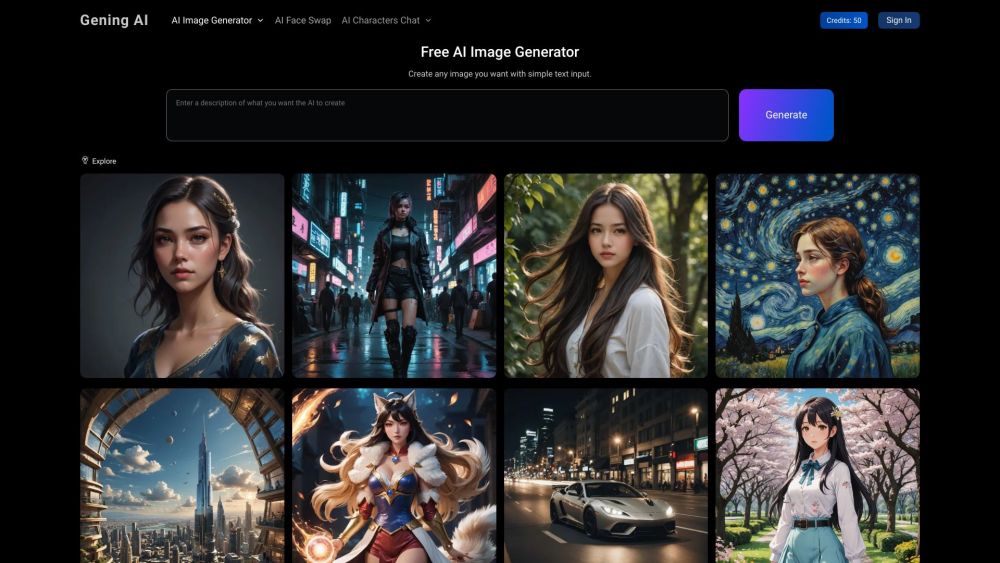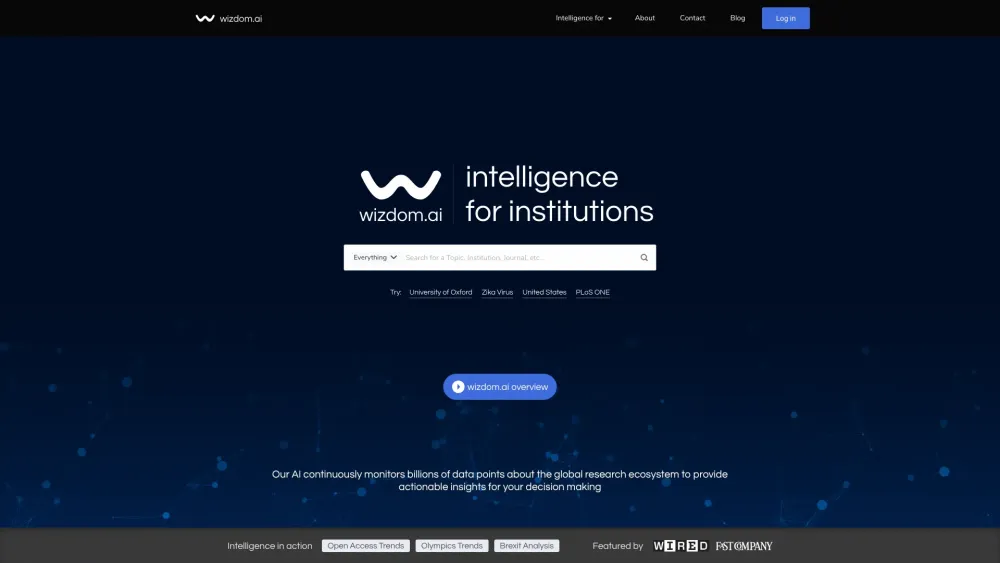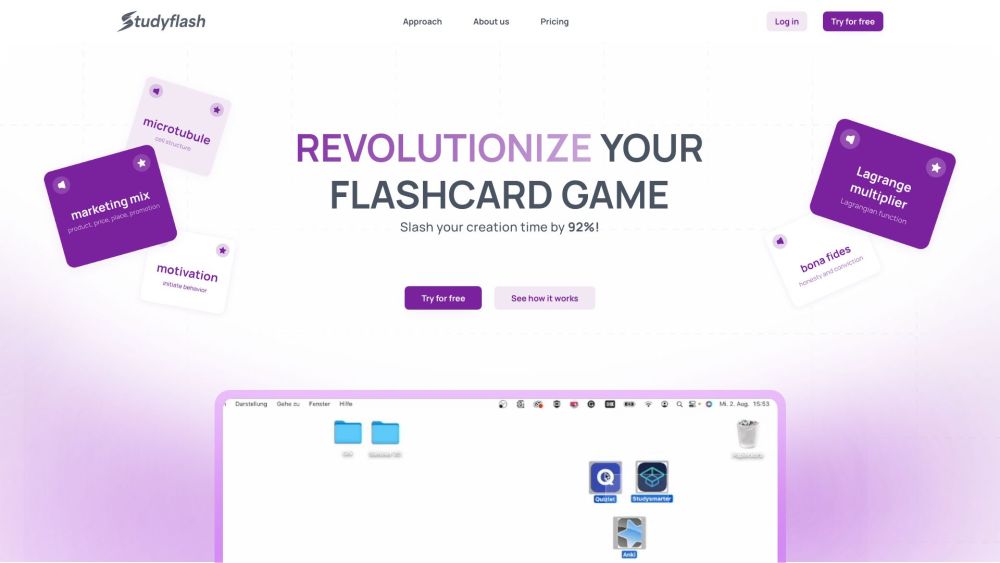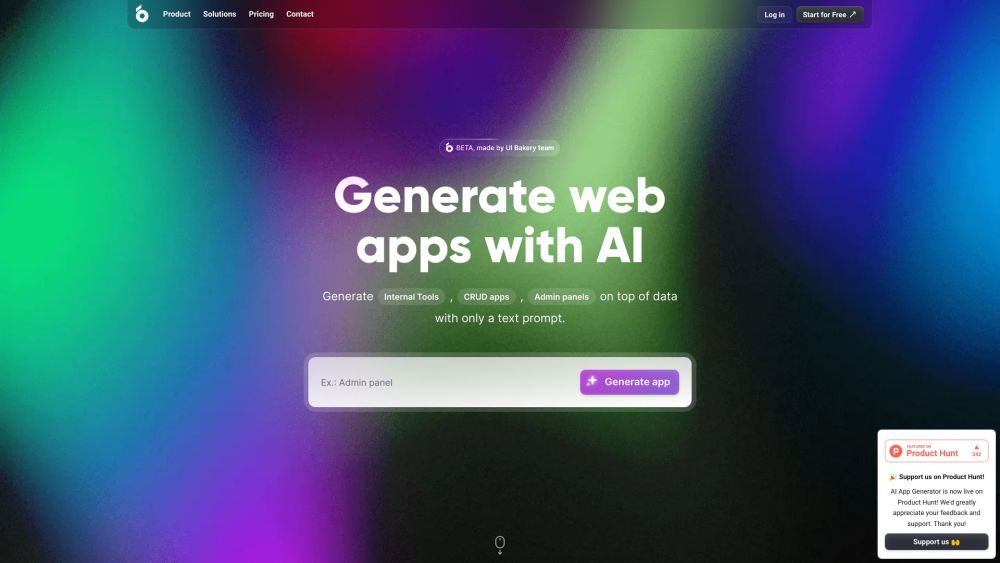The competitive landscape of AI video technology shifted dramatically on Monday when Luma AI, a San Francisco startup founded by former engineers from Google, Meta, Adobe, and Apple, unveiled its Dream Machine application programming interface (API). This announcement came just hours after rival AI video startup Runway revealed its own API.
The Dream Machine API enables a diverse range of users—including software developers, startup founders, and team engineers within larger enterprises—to create applications and services based on Luma's popular video generation model. This new accessibility will expand AI video capabilities beyond Luma's website, which was the sole platform for generating AI videos prior to the API's release.
AI models like Dream Machine and Runway draw on millions of previously posted video clips to construct mathematical structures called "embeddings." These embeddings allow the models to generate visuals based on user-provided text prompts or uploaded images, which are automatically animated.
Unlike Runway, which has limited API access through waitlists for smaller teams and enterprises, Luma's Dream Machine API is immediately available for use. Developers at the AI code repository Hugging Face have already implemented a demo on its public website.
Luma AI's co-founder and CEO, Amit Jain, articulated the company's mission, stating, "Our creative intelligence is now available to developers and builders around the world. Our goal is to foster an era of abundance in visual exploration and creation, empowering more voices to share their narratives."
Luma's announcement follows Adobe's preview of its "enterprise-safe" Firefly Video AI model, which is currently available via waitlist only, restricting access for enterprise-level integrations.
Dream Machine's Rapid Rise
Launched in June 2024, Dream Machine captured the attention of users and AI creators with its realism, speed, and accessibility, especially compared to OpenAI's still-private Sora model. Luma previously introduced a still image and 3D asset generation model called Genie and has since enhanced Dream Machine with advanced features like customizable camera motions.
Luma claims that Dream Machine is the "world’s most popular video model," citing user adoption and generation metrics.
Key Features of the Dream Machine API
Powered by the latest version (v1.6) of Dream Machine, the API offers several advanced video generation capabilities:
- Text-to-Video: Generate videos using straightforward text instructions, simplifying the creation process.
- Image-to-Video: Turn static images into high-quality animations with natural language commands.
- Keyframe Control: Guide video narratives using specified start and end keyframes.
- Video Extension and Looping: Seamlessly extend sequences for various applications, such as marketing content.
- Camera Motion Control: Direct scenes with simple text inputs for more nuanced video perspectives.
- Variable Aspect Ratios: Create videos tailored for different platforms, eliminating editing complexities.
This API is designed to facilitate video creation, allowing developers to integrate sophisticated features without extensive video editing knowledge, thus focusing on storytelling.
Accessibility and Pricing
Luma AI aims to democratize high-quality video creation through the Dream Machine API. Jain emphasized the company's commitment to accessibility: "We believe in making powerful technologies available to as many people as possible. We're eager to learn alongside developers and see what they create with Dream Machine."
The pricing model is competitive at $0.32 per million pixels generated, translating to approximately $0.35 for a 5-second video in 720p at 24 frames per second, making it affordable for smaller developers.
Currently, a direct pricing comparison with Runway is not available due to a lack of public pricing details from that company.
Scalable Solutions for Enterprises
The Dream Machine API is accessible to all developers, but Luma AI also offers a "Scale" option for larger organizations, featuring enhanced rate limits and personalized support. Jain noted the high demand from enterprise clients, stating, "Since the launch of Dream Machine, we have received significant interest from larger companies demanding access to our models."
Responsible Use and Moderation
Luma AI employs a multi-layered moderation system combining AI filters and human oversight to ensure responsible tech use and compliance with legal standards. Developers can customize moderation settings tailored to their specific markets, with protections in place to safeguard user privacy and ownership. Content generated via the API is not used to train Luma’s models unless explicit permission is provided, preserving intellectual property rights.
Despite criticisms from artists and activists regarding potential copyright violations stemming from the training data, Luma AI remains focused on expanding the possibilities of AI video creation. The launch of the Dream Machine API positions Luma to empower developers and enhance user access to innovative video creation tools.




